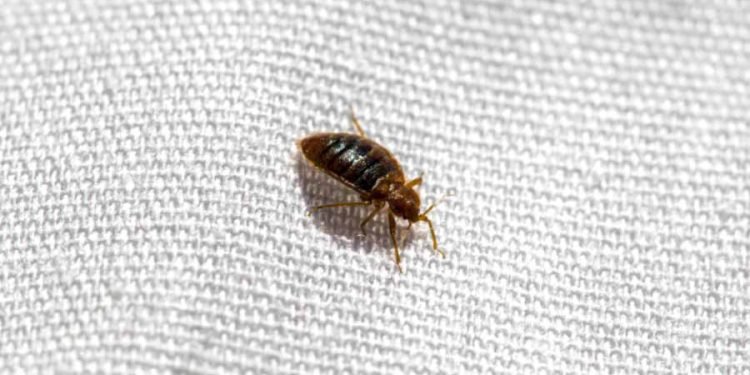Bed bugs have been a persistent problem facing humanity for over 3,500 years. Ancient Greek and Roman writings describe bed bugs as insects that infest bedding and suck blood from sleeping humans. In fact, the name Cimex lectularius (the scientific name for bed bugs) comes from the Latin word lectus, meaning bed.
These resilient characters often prove challenging to exterminate. But thankfully, during the 20th century, pesticides such as DDT helped reduce their population significantly. But following the ban on DDT in the 1970s, bed bugs made an unwelcome comeback – thanks to increased travel, resistance to pesticides, and a lack of public education on preventing infestations.
Away from history, many residents rely on Patriot Pest Control Services in Lansing Michigan to eradicate bed bugs and other creepy crawlies from their homes. Their well-trained and courteous technicians use the latest technologies and methods to combat bug infestations safely and effectively.
But how exactly can we keep this enemy within our walls at bay? Should we raze our belongings and start anew? Well, consider implementing the following expert tips to make your home a bed bug-free zone:
1. Confirm the Infestation
Can you fight an enemy you don’t know exists? Before you battle bed bugs, find out if they’re responsible for the bite marks on your skin and bloodstains on your sheets.
Look for signs of bed bug eggs, shed skins, and live bugs in mattresses, seams of furniture, and around baseboards. While at it, use a flashlight or magnifying glass to examine suspected areas. If you’re lucky, you might chance upon them in their hideout – during the day or in their full glory (at night) as they prowl for food. Remember, you or your family member are prime bed bug targets.
2. Call in an Exterminator
In case of a confirmed infiltration, consider calling in the troops. Professional exterminators are well-versed in dealing with bed bugs and other pests. That said, don’t partner with anyone claiming to offer the best extermination services.
First, ensure they’ve been in the business for a few years and have a track record of dealing with other pests like rats, mosquitoes, cockroaches, and yellow jackets. This could mean reading reviews or asking around to gain insights about the service provider you have in mind.
After ascertaining their credentials, check if they offer a guarantee, as this would motivate them to do a thorough job. Also, get an estimate for their services before engaging them.
That said, exterminations typically use high temperatures to kill bed bugs and their eggs, insecticides to flush them out from hard-to-reach places around your home, or steam treatments to suffocate them. Whatever their method, the experts should ensure bed bugs and eggs are terminated to complete the mission.
Also, note that bed bugs are unaffected by over-the-counter pesticides, so work with a professional. The residual effect of store-bought pesticides may also put you and your family at risk, not to mention that it doesn’t affect bed bugs – it turns out they’ve evolved and developed pesticide resistance.
3. Follow Up
It’s not enough to exterminate bed bugs – your mission is incomplete without a follow-up visit by an exterminator. Hence, schedule a post-application appointment a few weeks later to assess the situation. By so doing, they can determine if the treatment worked or if they need to change tact or apply a secondary treatment.
Also, enlist the help of family or friends (the kind that won’t judge you) to help in the inspection process. This is helpful if you’ve missed a section of your home, as one person may spot things the other didn’t.
4. Encase Mattresses
Bed bugs love to linger around the source of their meal – your mattress (where they can sneak up on you as you catch some Z’s and get their fill. To keep them at bay, invest in leak-proof mattress encasements or covers. The covers trap the critters inside your bedding and keeps their cousins outside.
Along with that, cover the box spring – it’s a strategic spot for bed bugs, allowing them to launch stealth attacks on unsuspecting prey. Whether you suspect your mattress is infested or not, use covers as a preventive measure.
Decontaminate Clothes
As we noted, heat is a bed bug’s worst nightmare. Hence, toss your clothes, bedding, and other fabric materials into the dryer for 20 to 30 minutes. This kills visible bed bugs or their eggs lurking in your fabrics. Alternatively, place contaminated items in plastic bags, head to a commercial dry cleaner, and let the units do their thing.
For items you can’t dry clean, consider putting them in plastic bags, sealing them, and storing them for about a year – if you can stand the long wait. This gives the bed bugs enough time to reconsider their choices, starve, and eventually die.
Don’t share your bed with bugs – devise a strategy to keep them away for good. The battle is yours to lose! Get to it.












